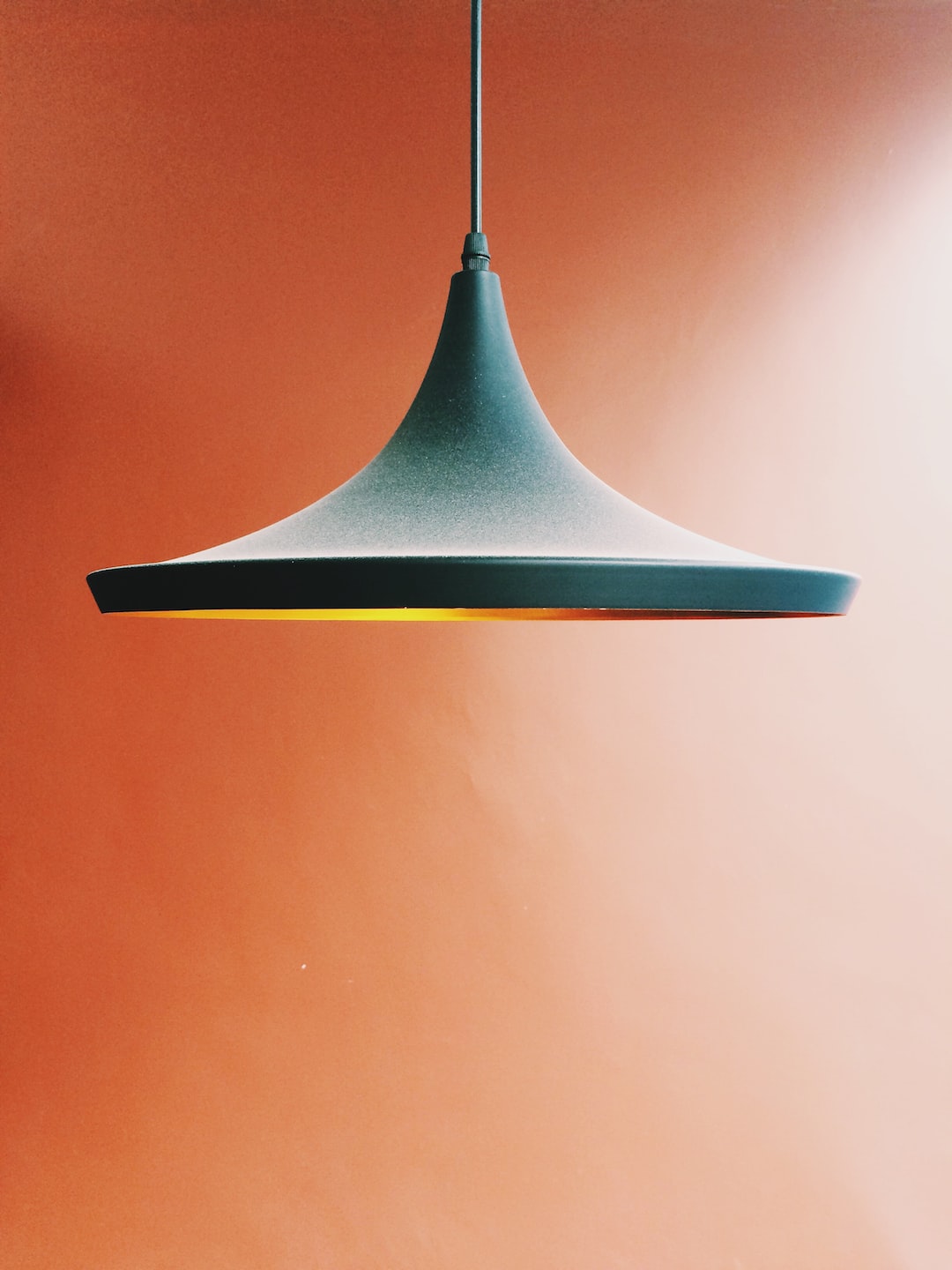The Rise of Dark Mode: Designing for a Sleek and Modern Look
In recent years, we have witnessed an intriguing trend in the world of design – the rise of dark mode. This sleek and modern look has taken over various aspects of our digital experience, with more and more applications and websites adopting this design option. So, what exactly is dark mode, and why has it become so popular? In this blog post, we will explore the rise of dark mode and how designers are using it to create a visually stunning and user-friendly interface.
Dark mode is a design option that uses a predominantly dark color scheme, with light-colored text and elements standing out against the dark background. The concept is not entirely new, as it has been around for a while in the world of graphic design and photography. However, it has gained significant attention in recent years, particularly in user interfaces.
One of the primary reasons for the rise of dark mode is its aesthetic appeal. The sleek and modern look of dark mode has captured the attention of users and designers alike. The dark background creates a sense of depth and contrast, making the content and elements on the screen stand out more prominently. This visual appeal has made dark mode a popular design choice among various industries, from social media platforms to productivity applications.
Contrary to popular belief, dark mode is not solely about providing a visually appealing interface. It also offers practical benefits that enhance user experience. One of the main advantages of dark mode is the reduction of eye strain. Traditionally, screens emit a bright white light that can be harsh on the eyes, especially during extended periods of use. Dark mode, on the other hand, reduces the screen’s brightness, making it more comfortable to view for longer durations. This benefit is particularly important in today’s digital age, where we spend countless hours browsing the internet, working, or consuming content on our devices.
Another practical advantage of dark mode is the potential energy savings it brings. Dark mode consumes less power on devices with OLED or AMOLED screens compared to their traditional LCD counterparts. OLED screens emit light on a pixel-by-pixel basis, meaning that dark pixels require less energy than bright ones. By adopting dark mode, users can potentially extend their device’s battery life, making it an attractive option for those constantly on the move.
In addition to these practical benefits, dark mode also provides a sense of elegance and sophistication. The dark color scheme adds a touch of mystery and modernity to the design, making it visually appealing and aligning with contemporary tastes. It has become a symbol of luxury and exclusivity, with high-end brands and applications adopting dark mode to enhance their image and create a unique user experience.
As dark mode continues to gain popularity, designers are learning to embrace its nuances and challenges. One of the key considerations in designing for dark mode is the choice of color palette. While a predominantly dark background is necessary, designers also need to carefully select contrasting colors for text, icons, and other elements to ensure readability and accessibility. The balance between dark and light elements is crucial to maintaining a visually appealing and user-friendly interface.
Designing for dark mode also requires designers to revisit their approach to visual hierarchy. With a dark background, the traditional rules of contrast and emphasis might need to be adjusted to ensure that the most important elements stand out. Careful typography choices and strategic use of color can play a significant role in achieving a balanced and harmonious composition in dark mode.
Furthermore, designers need to consider the overall user experience when incorporating dark mode into their designs. It is essential to provide users with the ability to switch seamlessly between dark and light modes, allowing them to choose their preferred option based on their environment or personal preference. Offering customization options and user-controlled settings is crucial to ensuring a positive experience for all users.
In conclusion, the rise of dark mode in design can be attributed to its aesthetic appeal, practical benefits, and its ability to create a sleek and modern look. From reducing eye strain to potential energy savings, dark mode offers a range of advantages that enhance the user experience. However, successfully implementing dark mode requires careful consideration of color palettes, visual hierarchy, and overall user experience. As its popularity grows, designers must adapt their design practices to meet the demand for this visually stunning and user-friendly interface.

